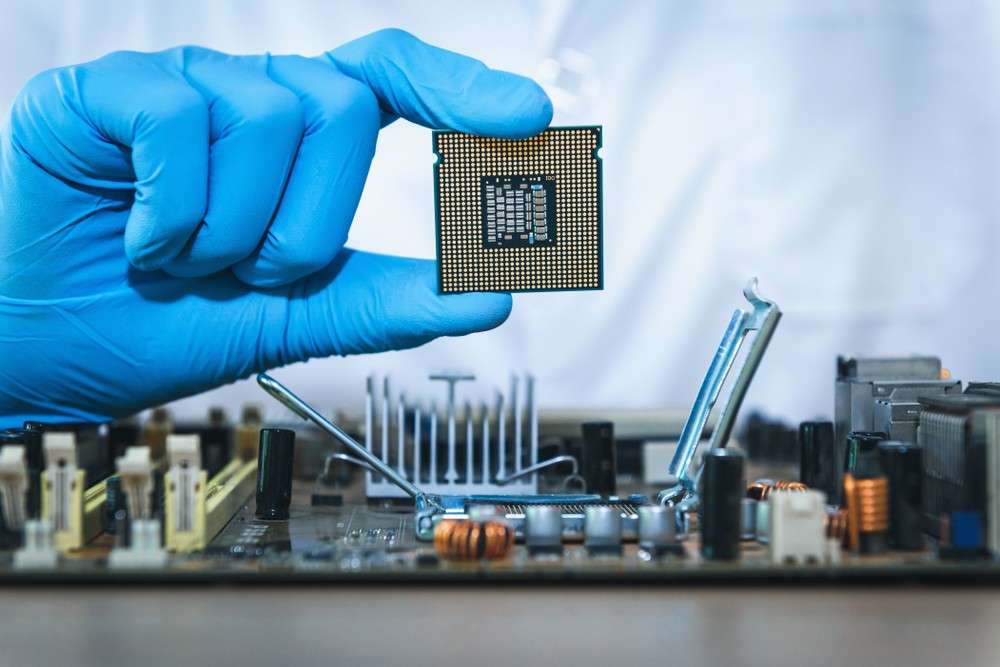
The Indian passenger vehicle market will make about 100,000 fewer units this quarter, leading to a loss of about Rs 10,000 crore in revenue, as a global semiconductor shortage that has upset production plans from Tokyo to Toronto finally takes its toll on output locally.
According to multiple people catering to the auto industry, vehicle makers are losing a minimum of 10-15% of volumes in Q2. That would translate into a volume loss of up to 100,000 units.
One of the five people in the know said the largest carmaker Maruti Suzuki was compelled to revise production volumes for June from 1.99 lakh to 1.71 lakh due to the shortage of parts. For August, it has again lowered its production plan from 1.72 lakh to 1.57 lakh units.
Mid-July, Kia Motors had shut its factory for a week for maintenance, but the supplies to the factory had continued to stock up to manage shortage. M G Motor, the maker of Hector and Gloster SUV, is struggling to push volumes beyond 3,500-4,000 units – not on account of lack of demand but shortage of parts. The booking momentum is still strong at MG, said people aware of the matter.
Gaurav Vangaal, associate director at IHS Markit, says if not for shortage of parts, output in 2021 could have increased a further 5-7 percentage points, from the current forecast of 28% growth.
“The market rebound is better than expected and it is going to be a big challenge to secure supplies. We expect Q3 CY21 to be the worst quarter in terms of availability of parts,” added Vangaal.
The situation has compelled vehicle makers to redesign products, source from the open market, and get into a three-way tie-up – i.e. car maker-tier I vendor and chipset maker.
Already, the model mix production is heavily skewed in entry, and mid variants and a higher concentration of chipset requirements in the top-end is leading to rejig of the production plan.
Due to the shortage, the vehicle makers are compelled to source parts from the open market at higher prices, affecting their margins.
Carmakers such as Maruti Suzuki, Hyundai, and Tata Motors are taking critical measures such as directly reaching chip manufacturers, buying in the spot market, making design changes to their vehicles, and tweaking variants.
Tata Motors said in an analyst call that while the supply engagement is at the first tier level where the contractual points are, the company is engaging with semiconductor manufacturers directly for clear visibility. Automakers have been compelled to explore an option of the wide use of the standard chip.
Girish Wagh, president of the commercial vehicles division at Tata Motors, told investors that the company is managing the challenges from a war room perspective, monitoring every part on a daily, weekly, fortnightly and monthly basis.
“We are engaging directly with the semiconductor suppliers, spot buying from the open market and developing alternative sources. In parallel, we are looking at design interventions to optimize the semiconductor consumption or the footprint in the overall vehicle,” added Wagh.
Maruti Suzuki claimed it is relatively better off than peers in managing chip shortage due to its broad portfolio. Shashank Srivastava, Senior ED, sales and marketing, told investors the wide portfolio of vehicles helped the company adjust its production to make models that are manufactured with chips where the shortage is not acute.
The maker of Swift and Dzire expects the chip shortage to continue for a year or so.
TSMC, the world’s largest contract microchip maker, had announced that its new investment plans of $100bn over next three years would increase capacity to keep up with soaring demand from auto and other industries.
According to analysts, chip supplies are expected to improve from Q3CY21 onward.
For automotive, output for microcontroller units (MCUs) has increased by 30% YoY in the first half of 2021; for the full year 2021, the growth is expected at 60%.
Capacity is expected to remain tight for CY21 and a part of CY22. TSMC expects semiconductor content to further improve in the automotive industry due to a shift toward cleaner and safer vehicles.
Read more:














